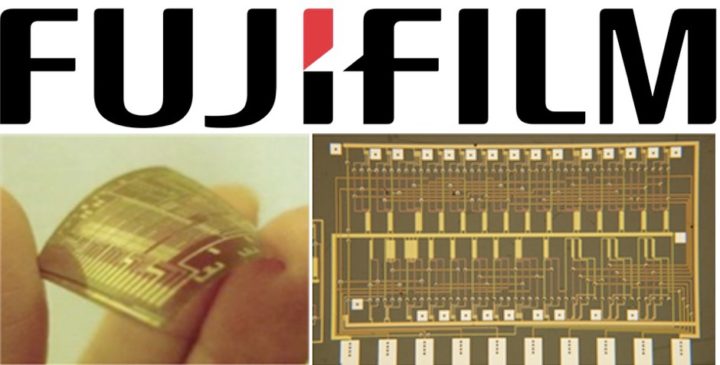
GFX ADAPTER
Fuji Guy Billy is one of Fujifilm GFX members, and he shared the image above on the group. There are many adapters coming for the GFX, especially made by Fotodiox.
Here are some of them:
Overall, there is a lot happening in the world of adapters for the GFX. A short recap:
- Fujifilm launched its own Hasselblad adapter for GFX, to allow you to use leaf shutter lenses on the GFX.
- Images of more adapters for Leica M, Zeiss Otus, Mamiya, Schneider-Kreuznach started to appear on the web, and have been first shared on the amazing GFX facebook group here and FujiRumors here.
- A rumor I got says that Fringer plans a G-mount / Contax 645 smart adapter (full auto)
- I’ve also shared with you a Chinese test that includes images taken with many different adapters for GFX, such as Mamiya, Schneider-Kreuznach, Zeiss Otus and more at blog.sina translations – NOTE: on my computer, the images are visible only on the original Chinese version.
- Some fellow X-shooters are already developing 3D printed adapters…. and they work just fine
GFX FINAL RELEASE DATE
There was a bit of confusion about when the GFX and lenses will be released. Now Japan issued a press release, where they say the Medium Format system will hit the market on February 28. AmazonUS also says they will start shipping on February 28. BHphoto says March 1 and Adorama February 24.
So everything more or less as originally planed. Seems that Fujifilm got it right this time… or that pre-orders are not high, and hence they have no problem to deliver to customers.
Medium size mirrorless digital camera “FUJIFILM GFX 50S” and interchangeable lens “Fujinon GF lens”
Release date decision announcement
FUJIFILM Corporation
Dear customers,
Thank you for your continued patronage of Fujifilm products.
In the meantime, we announced that it will be released late February, Heisei 30, “medium-format mirrorless digital camera” FUJIFILM GFX 50S “, interchangeable lens” FUJINON GF 63 mm F 2.8 R WR “,” FUJINON GF 32 – 64 mm F 4 R LM WR “,” FUJINON GF 120 mm F 4 R LM OIS WR Macro “has been decided, we will inform you below.
Release date Tuesday, February 28, Heisei 30 – via fujifilm.jp
Fujifilm GFX: USA BHphoto, Adorama, AmazonUS EU: AmazonDE, CalumetDE AmazonUK, WexUK, ParkCamerasUK, PCHstore AUS: CameraPro
Fujinon GF63mmF2.8: USA: BHphoto, Adorama, AmazonUS EU: AmazonDE, AmazonUK, WexUK, PCHstore AUS: CameraPro
Fujinon GF32-64mmF4: USA: BHphoto, Adorama, AmazonUS EU: AmazonDE, AmazonUK, WexUK, PCHstore AUS: CameraPro
Fujinon GF120mmF4 Macro: USA: BHphoto, Adorama, AmazonUS EU: AmazonDE, AmazonUK, WexUK, PCHstore AUS: CameraPro
Fujifilm GFX VG-GFX1 Vertical Battery Grip: BHphoto, Adorama, AmazonUS
Fujifilm GFX EVF-TL1 EVF Tilt Adapter: BHphoto, Adorama, AmazonUS
Fujifilm H Mount Adapter G for GFX: BHphoto, Adorama, AmazonUS





